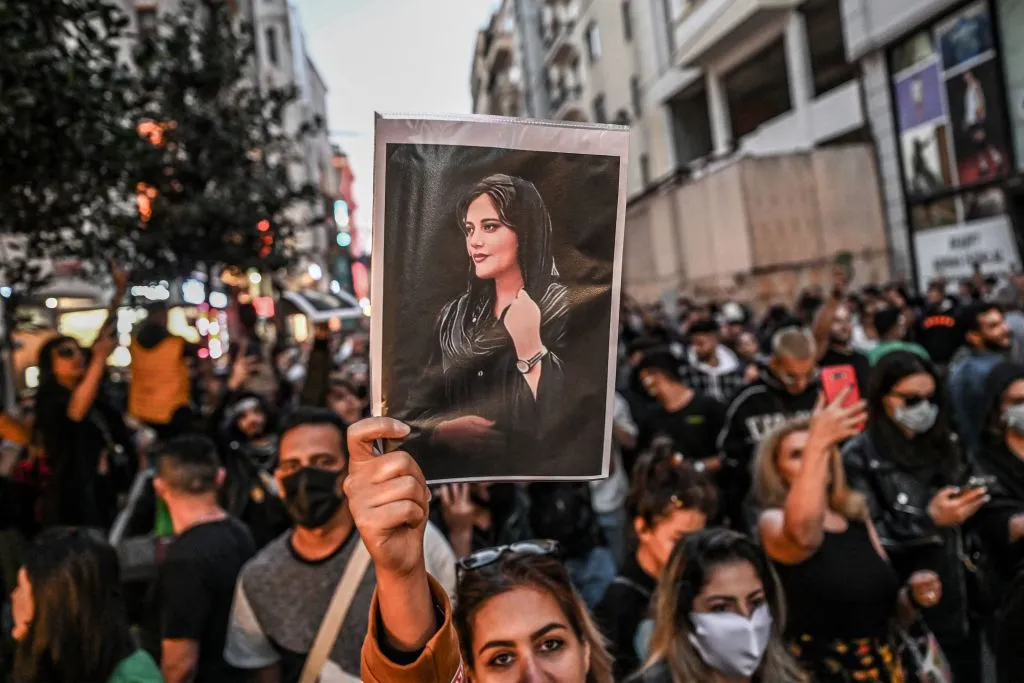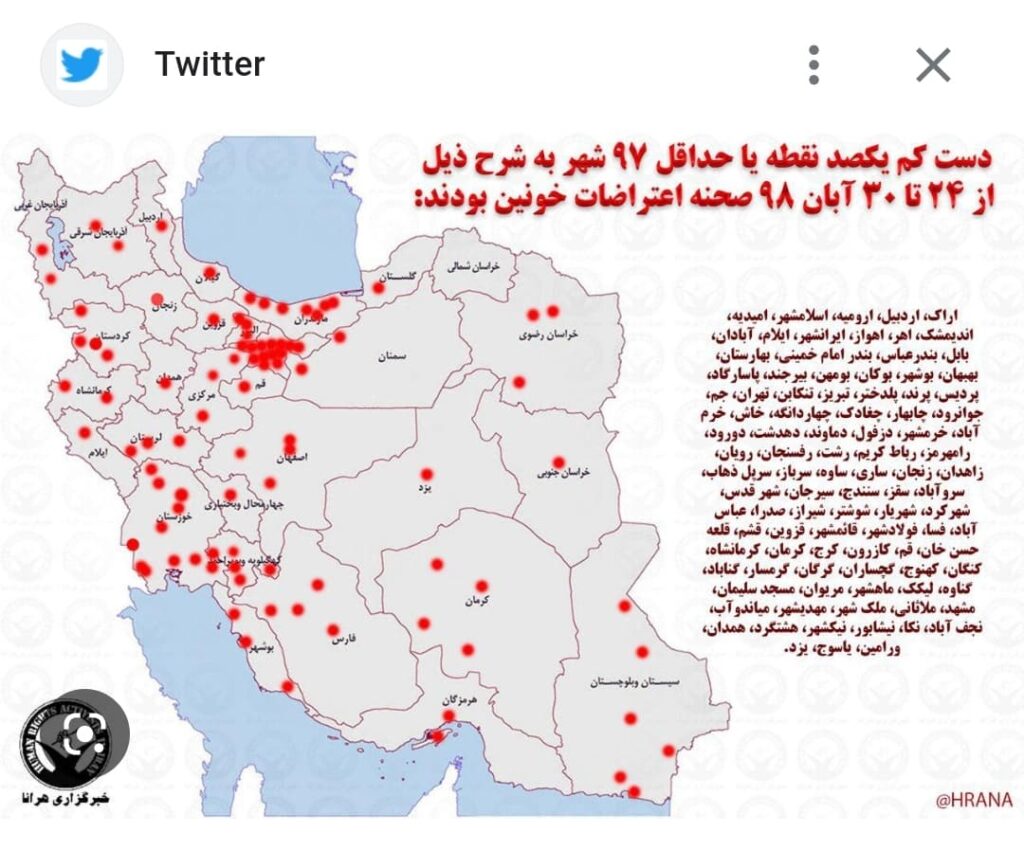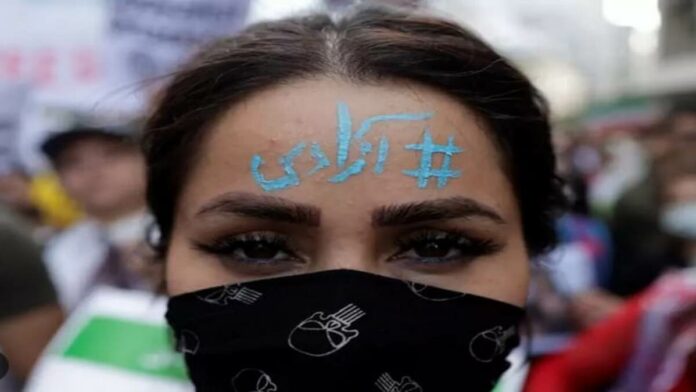Protests in Iran are one of today’s most popular Google searches, but they go mostly unanswered. However, having some friends from Iran who do have relatives still living there, I was able to complete some sort of logical picture of the situation.
Article Contents
Why protests in Iran have started?
The protests began following the brutal murder of Mahsa Amini, an Iranian woman who was killed by religious morality police for not wearing hijab in the manner prescribed by the Iranian government.

What is going on?
The answer to this question is quite complicated due to the nature of the country. Very little information comes out of Iran. Of course, the main reason is the artificial limitations on internet access imposed by the government. It is not the only problem. We are used to living with the myth that the internet connects the world and gives us information about anything. This is far from true. Different social networks, different languages, and most importantly, social circles, define the informational bubble one lives in.
Anyway, it won’t be wrong to say that Iran is on strike. It will be wrong to call this a revolution, at least for now. The situation heats up every day, but only in some spots; many cities in Iran are unaffected by the situation and carry on with business as usual.
The obvious hot spot is Tehran. Mahsa Amini was killed there, so it is not surprising that the level of hatred will be at its highest point. On top of that, being the capital of Iran, it’s only natural to protest there if the protesters are after any meaningful result. However, because it is the capital, the government would keep the most powerful military and police reserves there to ensure that they could maintain power.
But in order to do so, a lot of loyal people and materials have to be dragged from across the country into the capital, which makes other cities so-called “soft spots.” And there are a number of potential ways for this to escalate because of such regions.

If you look at the map of the protests in Iran, apart from Tehran, the most revolving counties are located in the northwestern part of Iran. These protests are likely to have little to do with the initial reason—the murder of Mahsa Amini. The very northern part of Iran is densely populated by Azerbaijan nationals, while the western part of Iran is ethnically part of the potential state of Kurdistan. Protests there, while being triggered by recent events in the capital, are definitely after something more than just justice or even a change of regime.
Problems for the protestors
The strikes have been active for almost two months to date, but no real victories have been achieved by the protestors so far. It does seem that groups participating in protests in Iran in different cities or even in different parts of the same city do not have a good communication system between them, meaning there is no central organization that leads the protest. If this is true, it is quite impressive that the revolt is still going, as usually disorganized protests are relatively simple to stop.
Another major mistake by the protestors is their unwillingness or inability to capture government buildings. It is surprising how much this decreases the governmental morale in a revolution, even though it is just a building. It also usually legitimizes the protestors as new or future rulers of this territory. This makes very little sense, but this is an existing psychological phenomenon. Later on, we will have an article on it.
It also appears that the revolts are not indefinite, but instead the activity increases on certain days, namely the 1st, 7th, and 40th days after the murder of an activist. This is done due to traditions, but once again, this shows the lack of the final goal. It is also known that the government specifically tries to shut down the Internet on these days.
Casualties during protests in Iran
As with everything else, the number of casualties is not certain because of the lack of information we can get from Iran. The death toll from the protests in Iran are at least 300 people, but it is very likely that the number is actually much higher.
For example, in the south-east of Iran, in Sistan and Baluchestan province alone, the protests have claimed the lives of more than 100 people. For the Iranian government, it is much simpler to unleash anger on these people as they represent the Sunni minority of the Iranian population. This is not the first time these people have faced discrimination in Iran.
The number of casualties is expected to rise in the coming weeks as Iran’s parliament calls for harsh punishment for protesters. Usually, this sort of legislation leads to an increase in violence, as the protestors have little choice but to win from this point on.
Role of Azerbaijan
This is pure conspiracy theory and tinfoil hat speculation. In summer 2022, way before protests in Iran have started and even before Iran started to supply Russia with suicide UAVs, I overheard some absolutely crazy stories.

The story was told by my friend, an Azerbaijani national, who stated that Iran is set to be split into parts, mainly emphasizing that the northern part of Iran, which has a huge population of Azerbaijani nationals, will separate from Iran. It sounded strange at the time, but not so much now.
Conclusion
Even though I am rather skeptical about the organization and the end goal of the ongoing protests, I might be wrong. As Mr. Arestovich once said, “Changes accumulate gradually but are implemented spasmodically.” I believe that the situation will change a lot until the end of the year, and the year 2023 will be even more eventful than the three previous years combined.














